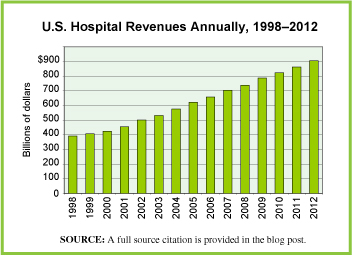The “Big Ten Conference” is the oldest Division I college athletic conference in the United States. It has twelve member institutions, despite its name, and is slatted to add two more in 2014. These are flagship research universities in their respective states, well-regarded academically and with relatively large student enrollment. They are located primarily in the Midwest.
In the Big Ten conference, revenue from television contracts helps to cover the cost of coaches salaries, scholarships, travel and game-day expenses. TV revenue also helps to cover the cost of athletic programs that do not bring in sufficient revenues to sustain themselves, such as tennis, gymnastics and rowing.
The National Collegiate Athletic Association requires athletic programs to maintain at least 16 varsity sports. The Big Ten conference requires 20. According to Sports Illustrated, the expansion of the Big Ten conference to 14 schools in the 2014-2015 school year will help to nearly double the per-school television contract revenue by 2017-2018. The data shown are on a per-school basis.
Geographic reference: United States
Year: 2012-2013 and 2017-2018
Market size: $25 million and $40 million, respectively, per school
Source: Editorial Staff, “MSU Athletics Win Off The Field, Too,” Lansing State Journal, July 14, 2013, page 7F and Chris Solari, “Power Play,” Lansing State Journal, July 14, 2013, pages 1D, 5D.
Original Source: Sports Illustrated
Posted on July 16, 2013

